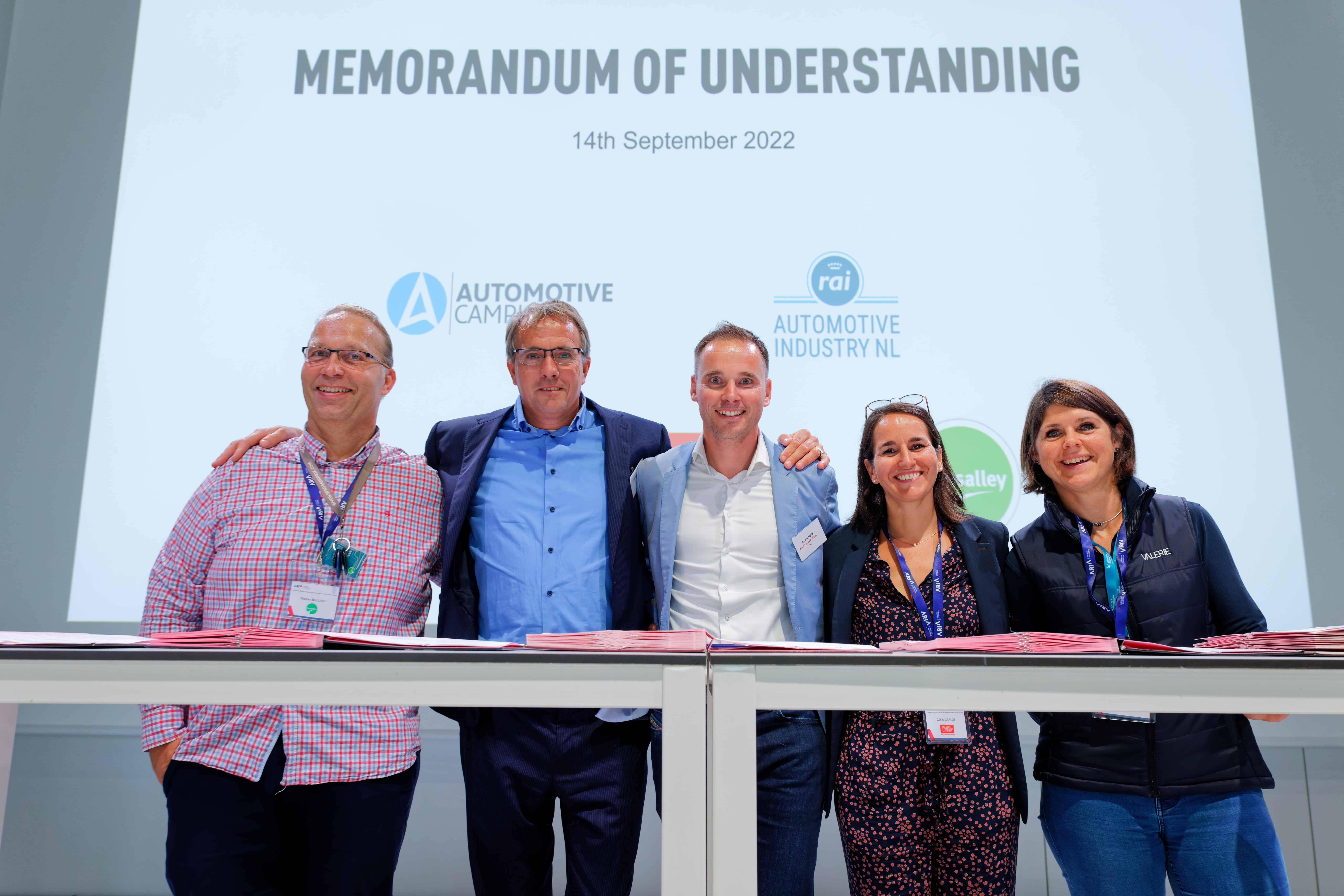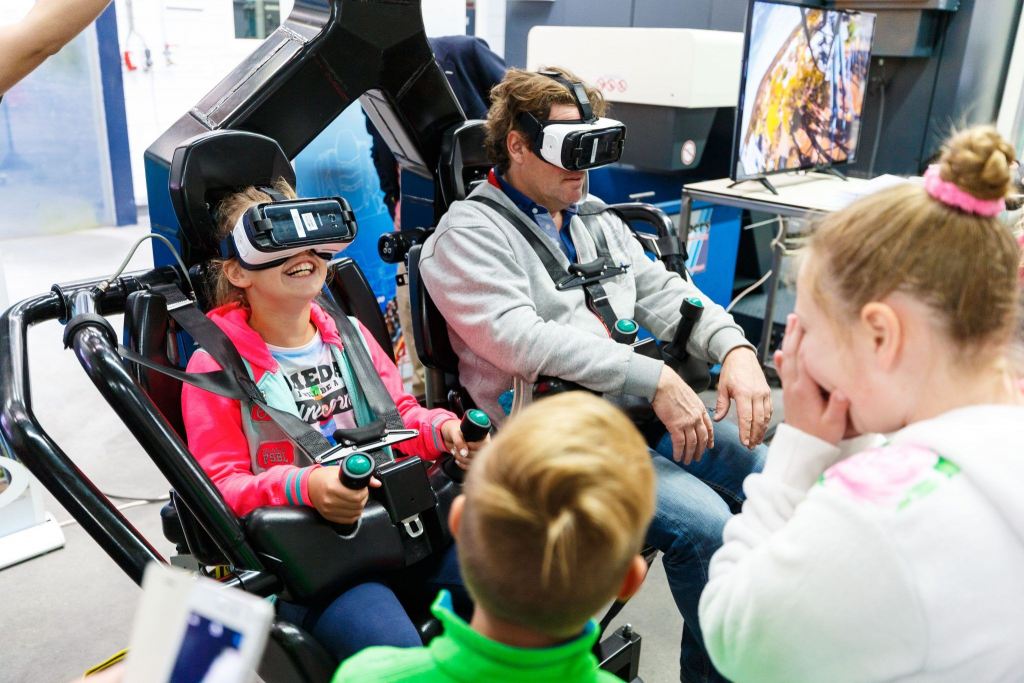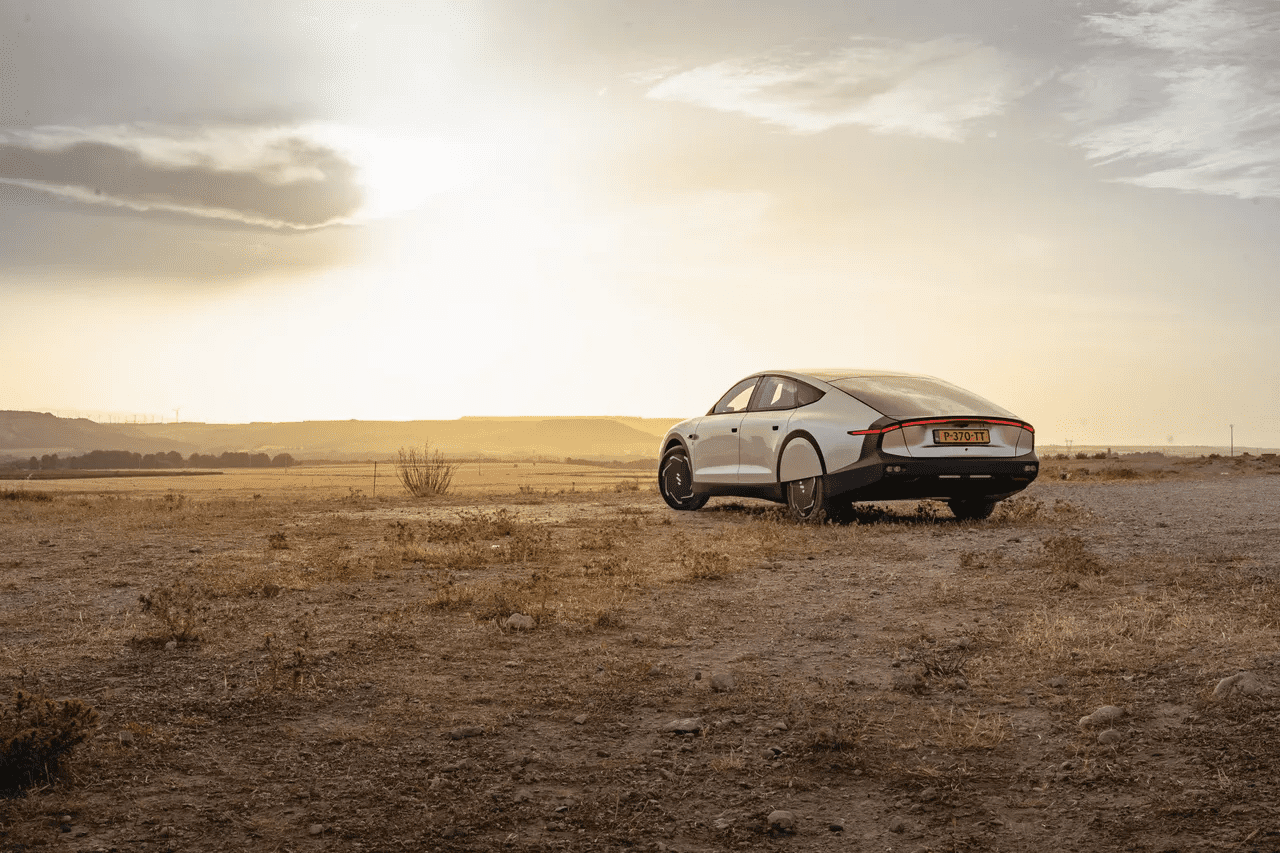
The Dutch and Northern French automotive sectors are moving closer together now that they have made their collaboration official. On 14 September, stakeholders from the two countries signed a memorandum of understanding – MoU – that launches the alliance that brings them together. The signing ceremony took place in Valenciennes, France, during the Dutch trade mission to northern France.
The partnership involves two mobility technology hot spots in Europe: the Automotive Campus in the Netherlands and the Transalley Technology Park in France. In an effort to strengthen the alliance, the regional promotional agency Nord France Invest and the leading authority in the Dutch automotive industry RAI Automotive Industry NL have also signed up, as well as the French regional automotive industry association ARIA Hauts de France.
TThe union brings together two ecosystems that are separated by a mere 250 km. Yet the challenges thy face in developing the mobility of tomorrow are the same. By joining forces, those obstacles can be overcome together. Companies based in the two technology parks have the opportunity to forge connections to further develop their businesses.

Ready to start
After being delayed in the partnership process due to the pandemic, the partners are looking forward to working together. “As the Automotive Campus, we are delighted to have signed this MoU. A lot of innovations are being developed in both regions and now we can better cooperate and help companies set up businesses and exchange knowledge and talent,” underlines Pieter Rahusen, Business Development Manager at the Automotive Campus.
“We have to learn from each other, each side has its strengths and weaknesses. Sharing our best practices and linking companies together are our main goals,” states Nicolas Balland, business manager at the Transalley Technology Park.
“Reaching an agreement on the partnership proved a success because everyone at the table was willing to work together. I would say it was a matter of people. The group is very open-minded and the companies concerned had a clear vision in mind,” Valérie Plantard stresses, the territorial delegate at ARIA Hauts de France.
Complementary ecosystems
With 7 manufacturing factories – including Renault, Stellantis, and Toyota – Hauts- de France is the first French region for automobile manufacturing that assembles 700,000 cars every year. “Our region has the industrial know-how for manufacturing vehicles. This partnership adds more innovation to our framework, which is great for the start-ups and the SMEs based in the North of France,” says Céline Carlot, project manager at Nord France Invest. Furthermore, the area is set to remain a key spot. In fact, three gigafactories – facilities for producing electric vehicle batteries on a large scale – will also be built there.
On the other hand, the Dutch framework is more focused on innovation. In fact, the Helmond-based Automotive Campus is home to dozens of companies working on green and smart mobility solutions. In this ecosystem, start-ups, research institutions, and multinational businesses share facilities and knowledge to design new mobility solutions.
“Looking at the bigger picture, they have more Original Equipment Manufacturers – OEMs – than we do, while we have more component supply companies, so we can help each other,” Bram Hendrix points out. He’s the smart program manager of Internationalization at RAI Automotive Industry NL. “It’s important for us to connect with a region that is going to have a high battery production capacity as we are also investing a lot in new battery technologies,” Hendrix adds.
Talent exchange
At the top of the list of initiatives the two campuses want to take on is the exchange of talent. Both the Automotive Campus and Transalley have programs aimed at getting local students involved. Now that their partnership is official, they plan to promote and launch exchange programs for Dutch and French students.
“Connecting with education institutions for exchange programs will be fundamental, as we’re lacking skilled people in the sector,” stresses Balland. “Open innovation is what we need to strive for and see if we can bring any new mobility concepts to the market. Talent exchange will play a pivotal role in this. If we can combine our efforts there, then this bridge can make a difference,” Rahusen adds.

Goals and expectations
“In my opinion, we need to work more on a European scale. There is only one constraint in Europe, the fact that we have borders and lots of countries. However, we can overcome this by changing the way we think, by connecting regions and ecosystems and making the most of each of their strengths,” Hendrix insists.
“We’re now better recognized by Dutch companies. Our plan next year is to visit Helmond to get to know the campus better and see what other opportunities are available,” says Carlot. “I hope to take along as many French companies as possible, in order to establish mutual partnerships and develop projects together,” Plantard states.
In the upcoming weeks, the partners will be agreeing on an action plan with short-, medium- and long-term goals. Valenciennes and Helmond are now closer than ever to one another and want to claim a stake in shaping the future of mobility.
In the photo, from left to right: Nicolas Balland, Pieter Rahusen, Bram Hendrix, Céline Carlot, and Valérie Plantard.

